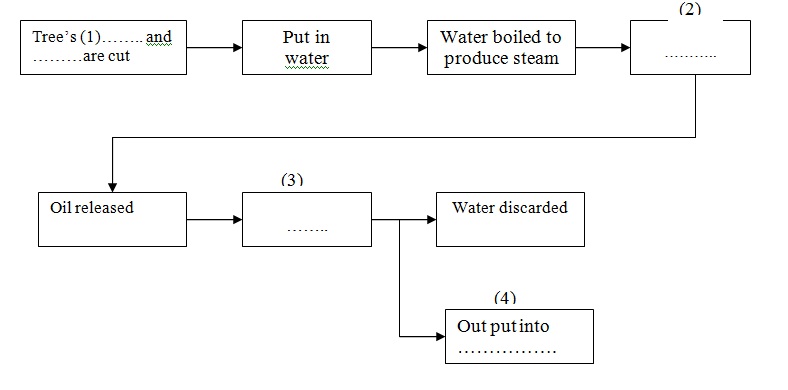The first mention of 'tea tree oil' was documented when Joseph Banks, a botanist, sailed with Captain James Cook to the Australian continent in the late 18th century. Banks observed the native Aborigines collecting the leaves of a tree, now known scientifically as Melaleuca alternifolia. They used the leaves, after boiling them, to heal a variety of external skin problems. Banks also learned that by boiling the leaves he could produce a tasty brew similar to lemon tea. Thereafter, he referred to this particular species of trees generically as the 'tea tree', a name commonly applied to it today.
Little was known by the European settlers of the beneficial effects of tea tree oil until around 1924, when A. R. Penfold, of the Sydney Technological Museum, began research into why and how this unique oil was able to produce such positive results. After several years of evaluation, he concluded that tea tree oil was one of the most effective natural antiseptics and fungicides known to exist at that time.
In fact, the natural healing qualities of tea tree oil were found to be so effective that during World War II the Australian government sent all available supplies to Australian troops serving in the Pacific. The oil was used as a first line of defence against such skin problems as burns, cuts, abrasions, insect bites, sunburn, and a broad spectrum of other external fungal and bacterial problems. It was so important to the overall war effort that anyone involved in either the harvesting or the processing of tea tree oil was exempt from active military service.
Melaleuca trees grow naturally only in a limited area along the north coast of the state of New South Wales. This is an area known to be extremely rugged and swampy for many months of the year. Because of these conditions, harvesting the oil from the natural stands of Melaleuca trees was often very difficult. This, plus the tremendous increase in demand brought about by the war, led scientists to begin searching for alternative methods and products that could effectively solve some of those same problems, and that could be produced more efficiently and economically. The advent of penicillin around this time was one result of this search, and tea tree oil was all but forgotten by the rest of the world. It has only been during the past couple of decades, with a return in many societies to natural products, that tea tree oil is again becoming widely known.
Tea trees have narrow leaves and paper-like barks, and seldom exceed 20 feet in height. They are very hardy trees; some trees along the Bungwalyn Creek have been harvested for more than 60 years and still flourish. For years, the tea tree was considered a nuisance by farmers because of the difficulty of their eradication in the process of clearing the ground for farming. With recent broad recognition of the oil's properties, however, several commercial plantations with trees numbering into the millions have been established in anticipation of large-scale demand.
Contrary to initial assumptions, tea tree oil is not taken from the sap of the tree. It is, in fact, derived from the 'fat' of the tree. Because these trees grow in an area of Australia where climatic conditions vary greatly, they fortify themselves by storing up essential nutrients in small nodules found in their leaves and stems. In the past, the leaves and stems were cut and placed in crude containers of water. Building a fire under the containers would heat the water, producing steam, which made the nodules burst, thus releasing the oil into the water. Through a primitive system of gravity separation, the oil would flow into a collection vat while the water would be released to the ground. The net result would be pure, unadulterated tea tree oil.
Today, through the introduction of huge plantations and mechanisation, essentially the same process is accomplished on a larger scale. However, much care is taken not to disturb the natural growth and delicate balance nature has prescribed to create tea tree oil.
Because each tree is unique, the quality of the oil extracted will vary from tree to tree. In fact, shifts in climate, soil and other environmental conditions may cause the quality of the oil from the same tree to fluctuate from year to year. Pure tea tree oil is composed of 48 chemical compounds that work together synergistically to create this highly effective oil. If one of these compounds is removed from the oil, the overall effectiveness is diluted.

Questions 1-4
The diagram below shows how tea tree oil was extracted before the introduction of modern techniques.
Complete the diagram. Choose ONE or TWO words from the passage for each answer.